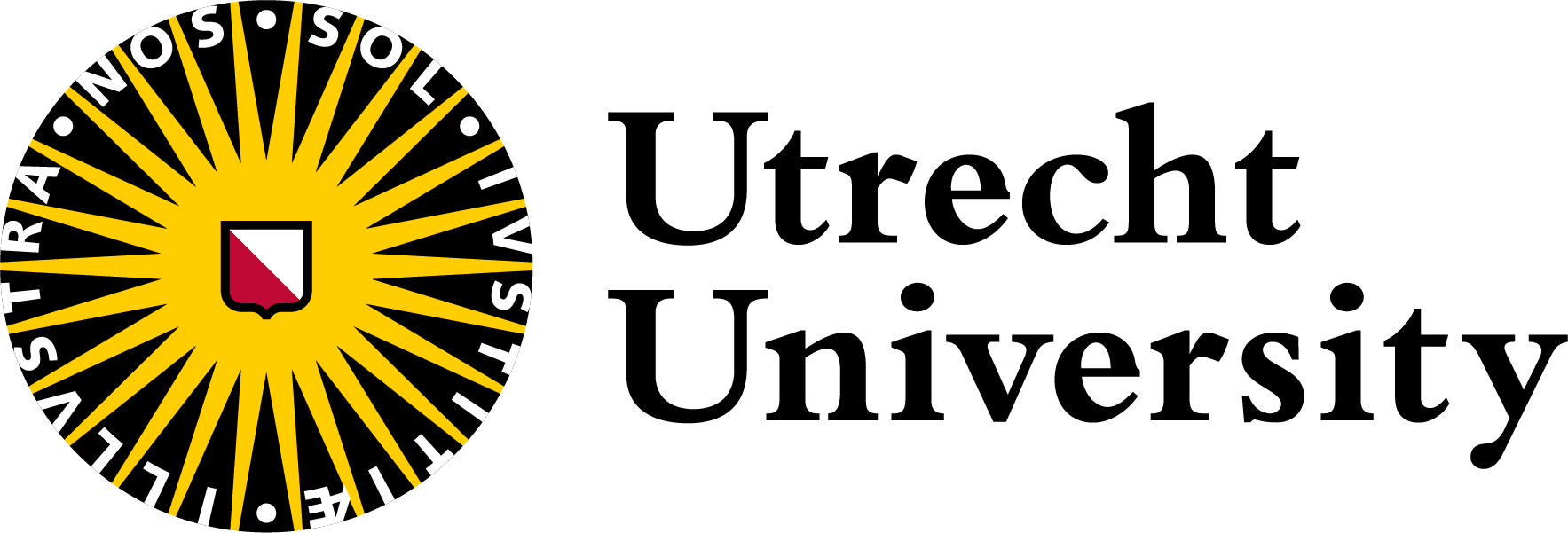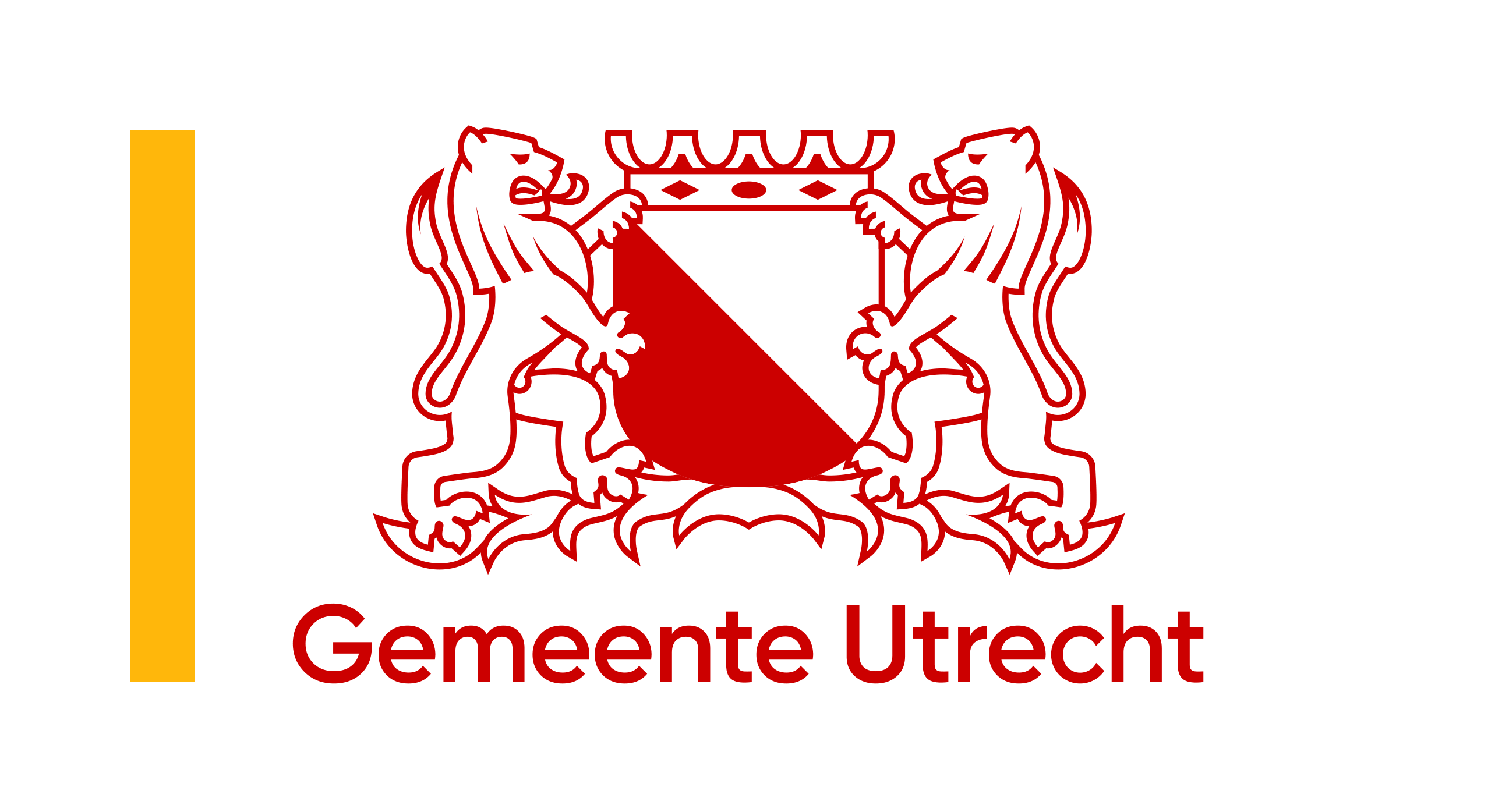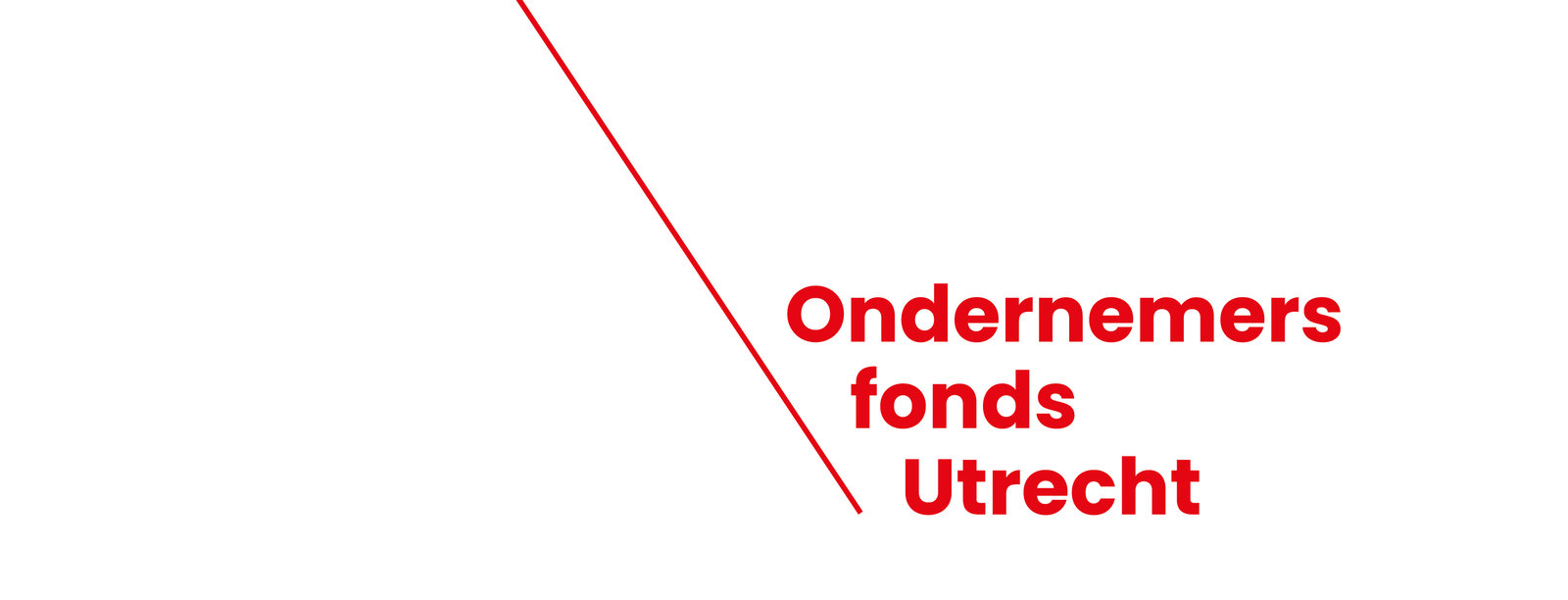E-health offers opportunities for healthcare workers
The Dutch government has budgeted €162 million to accelerate technological developments in healthcare. By doing so, the government is trying to prevent staff shortages from becoming unmanageable. Emma Pullen and Merijn Bruijnes of the Department of Management and Organisation Science (USBO) conducted an exploratory study on the relationship between various, digital applications (also known as: ‘e-health’) and the retention of healthcare professionals. Is e-health a golden find? That seems to depend on both the type of technology and the healthcare context. In any case, there are opportunities that can be capitalised on, says Emma Pullen.
The Dutch healthcare system is under increasing pressure. Demand for care is growing, partly due to rising life expectancy and increasing ageing. However, the supply of care is not increasing along with the demand for care. In 2040, according to a report by the SER, one in four employed people would have to be actively engaged in care to meet the demand for care, but it seems unlikely that this need can be met.
Technological innovations and the Dutch healthcare system
Policymakers face complex puzzles when it comes to sustainable design of the Dutch healthcare landscape. E-health is one of the possible solutions to address this issue. But: what exactly is e-health?
E-health is a wide-ranging concept, but in any case refers to the use of the internet or technology to maintain or improve the health and well-being of the population, the quality of healthcare services and outcomes, as well as efficiency and administrative relief in healthcare. One can think of, for example:
- Digital communication platforms (connecting aid workers)
- Health apps (collecting medical data or facilitating reminders for medication use)
- Care robots (which provide support for physical tasks or have a social function)
- Sensor technology (detecting e.g. fall hazards)
In their exploratory study, researchers Emma Pullen and Merijn Bruijnes focus on a VVT institution, an organisation for both nursing and care homes (intramural) and home care (extramural), which uses various e-health technologies. Healthcare professionals at the various sites of this healthcare institution and in home care use the aforementioned types of technologies.
In outpatient care, the emphasis is on digital communication platforms, facilitating contact with other care providers and clients' relatives. In hospital care, motion sensors and robots are also used. In residents' rooms, sensors notify care professionals, for example when a client gets out of bed, and robots are present in the form of robot cats and dogs. These robots are proving popular: at the various locations, clients are cuddling and talking to the social robots in the common areas.
‘For example, a robot cat performs a special function for clients, argues Emma Pullen. It offers them warmth, distraction and feelings of security. This has implications for the way professionals look at the deployment of such technologies. For them, it is important to be able to deliver good care to clients. If e-health helps them do that, it is meaningful for professionals. At the same time, our research shows that care workers are intrinsically motivated to do the right thing for their clients; that is paramount for them.’
Indirect effects on job satisfaction and autonomy
The researchers therefore conclude that the use of e-health is not directly related to professionals' desire to remain employed in healthcare. However, the healthcare professionals surveyed for this exploratory study did experience that the use of e-health indirectly contributes to that desire, namely through a positive correlation with perceived job satisfaction and autonomy. It is precisely job satisfaction and autonomy that are important for the desire to remain employed in healthcare.
Digital communication platforms, health apps and sensor technology are appreciated by professionals because they believe they contribute to quality of care and access to information. This simplifies their tasks and increases their job satisfaction. Although care robots are on the rise, only a small number of respondents recognise a similar impact of this technology on their job satisfaction.
The link with perceived autonomy is less unambiguous. On the one hand, care workers experience an increase in this, especially when technology supports the care professional with information via digital communication platforms or offers the possibility to prioritise tasks, for example thanks to sensors. On the other hand, some healthcare professionals indicate that they can work independently even without e-health. In addition, some care professionals actually experience less autonomy the moment e-health is used, for example because clients' family members can read along with reports via digital communication platforms.
An initial survey of healthcare professionals' experiences
That the use of e-health can make a positive contribution to healthcare professionals‘ desire to stay in care is thus qualified by Pullen and Bruijnes’ findings. The added value of healthcare technology should not be overestimated, they conclude. All in all, the type of e-health and the context in which it is implemented seem to influence the experiences of healthcare professionals. It is therefore important not to use e-health as a catch-all term, but to look closely at the impact of specific applications.
Pullen and Bruijnes' study served as an initial exploration of the field, and had a number of limitations. Because the study was conducted at one VVT institution, it should be seen as an inventory of healthcare professionals' experiences around various e-health applications, taking into account possibly different kinds of experiences in other healthcare institutions. Large-scale (more) research can reveal how the experiences of the respondents in this study relate to the experiences of care professionals in other care institutions. The researchers therefore strongly advocate this.
‘The question remains: is e-health now a great golden find or not? 'The future will tell, says Pullen, but at least there are opportunities that can be capitalised on. We will have to look for creative ways to make healthcare work in the coming years. We will have to further explore the significance of digital applications in this over time, and in different places.’
Source: Utrecht University (in Dutch)








